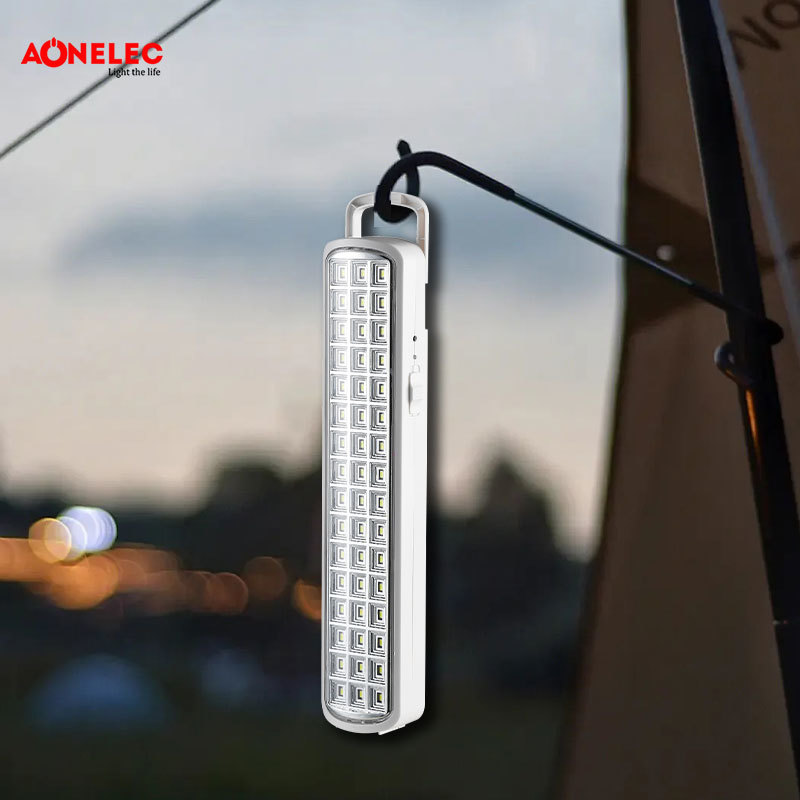All
- All
- Product Management
- News
- Introduction
- Enterprise outlets
- FAQ
- Enterprise Video
- Enterprise Atlas
The Importance of Industrial Emergency Lights in Workplace Safety
2025-06-28
The Importance of Industrial Emergency Lights in Workplace Safety
Table of Contents
- 1. Introduction to Industrial Emergency Lighting
- 2. Types of Industrial Emergency Lights
- 3. Benefits of Industrial Emergency Lighting
- 4. Installation and Maintenance of Emergency Lights
- 5. Compliance and Regulations for Emergency Lighting
- 6. Common Questions about Industrial Emergency Lights
- 7. Conclusion
1. Introduction to Industrial Emergency Lighting
In any industrial setting, the safety of employees is paramount. **Industrial emergency lights** play a crucial role in ensuring that safety protocols are effectively implemented during emergencies. These lights are specifically designed to provide illumination during power outages, fires, or other hazardous situations. By guiding employees safely out of dangerous areas, emergency lights help prevent accidents and injuries.
Understanding the importance of these lights requires knowledge of their functionality, types, and installation practices. In this article, we will delve into how industrial emergency lights are integral to workplace safety.
2. Types of Industrial Emergency Lights
Selecting the right type of industrial emergency lighting can significantly impact safety measures within a workplace. Here are the main categories of emergency lights commonly used in industrial settings.
2.1 LED Emergency Lights
**LED emergency lights** are known for their energy efficiency and long lifespan. They provide bright illumination while consuming less energy compared to traditional lighting options. These lights can be installed in various configurations, making them versatile for different industrial applications. One significant advantage of LED lights is their ability to operate effectively in extreme temperatures, which is often a requirement in industrial environments.
2.2 Fluorescent Emergency Lights
Fluorescent emergency lights are another viable option, particularly for larger areas that require a more diffuse lighting effect. While they may not be as energy-efficient as LED lights, they are still widely used due to their ability to cover extensive spaces. These lights typically require a ballast for operation, which should be regularly checked to ensure optimal performance during emergencies.
2.3 Emergency Exit Signs
**Emergency exit signs** are essential components of any emergency lighting system. They indicate the safest route to exit, ensuring that employees can quickly evacuate the premises. These signs often incorporate LED technology for enhanced visibility. Compliance with local regulations regarding the placement and illumination of exit signs is critical for effective emergency management.
3. Benefits of Industrial Emergency Lighting
Investing in high-quality emergency lighting offers numerous benefits for industrial workplaces. We will explore the most significant advantages.
3.1 Increased Visibility During Emergencies
One of the primary benefits of industrial emergency lights is the **increased visibility** they provide during emergencies. In low-light conditions, such as during a power outage, emergency lights illuminate pathways, exits, and critical equipment. This visibility is crucial for helping employees navigate safely through potentially chaotic situations, minimizing confusion and panic.
3.2 Reduced Risk of Injury
The presence of emergency lights significantly **reduces the risk of injury** in the workplace. By ensuring that exits and evacuation routes are clearly marked and well-lit, the likelihood of accidents during an emergency diminishes. Additionally, when employees feel secure knowing they have a clear path to safety, their ability to respond effectively to emergencies improves.
4. Installation and Maintenance of Emergency Lights
Proper installation and maintenance are critical to ensure the efficacy of emergency lighting systems.
4.1 Installation Guidelines
When installing emergency lights, it is essential to adhere to manufacturer guidelines and local regulations. Lights should be placed strategically throughout the facility, particularly in high-traffic areas, stairwells, and near exits. Regular audits of emergency lighting layouts can help ensure compliance and readiness.
4.2 Routine Maintenance
Routine maintenance of emergency lights is vital for reliability. **Regular testing** is required to confirm that all lights function correctly in case of an emergency. Maintenance schedules should include battery checks, lamp replacement, and cleaning fixtures to ensure unobstructed light output.
5. Compliance and Regulations for Emergency Lighting
Understanding and complying with safety regulations regarding emergency lighting is essential for industrial workplaces. Various standards, such as those set by the National Fire Protection Association (NFPA) and the Occupational Safety and Health Administration (OSHA), outline requirements for emergency lighting systems. Ensuring compliance with these regulations not only protects employees but also reduces the risk of legal liabilities for the organization.
6. Common Questions about Industrial Emergency Lights
We address some frequently asked questions related to industrial emergency lighting:
What is the typical lifespan of emergency lights?
Emergency lights generally have a lifespan ranging from 5 to 10 years, depending on the type and usage.
How often should emergency lights be tested?
It is recommended that emergency lights be tested monthly for functionality and annually for battery longevity.
Can emergency lights be installed in hazardous locations?
Yes, specialized emergency lights designed for hazardous environments are available and should be used in such cases.
Are LED emergency lights more cost-effective?
Yes, LED emergency lights typically have lower energy consumption and longer lifespans, making them more cost-effective in the long run.
What should I do if an emergency light fails?
If an emergency light fails, it should be reported immediately for maintenance or replacement to ensure safety.
7. Conclusion
The importance of industrial emergency lights in workplace safety cannot be overstated. These lights serve as a vital component in any emergency preparedness plan, providing illumination that guides employees to safety during critical situations. By understanding the types of emergency lights available, their benefits, installation practices, and compliance regulations, companies can create a safer working environment. Regular maintenance and adherence to safety standards ensure that emergency lighting systems function effectively when needed most. Investing in industrial emergency lights is not just a regulatory requirement; it is a commitment to the safety and well-being of all employees.
Previous Page
Previous Page
Related News


